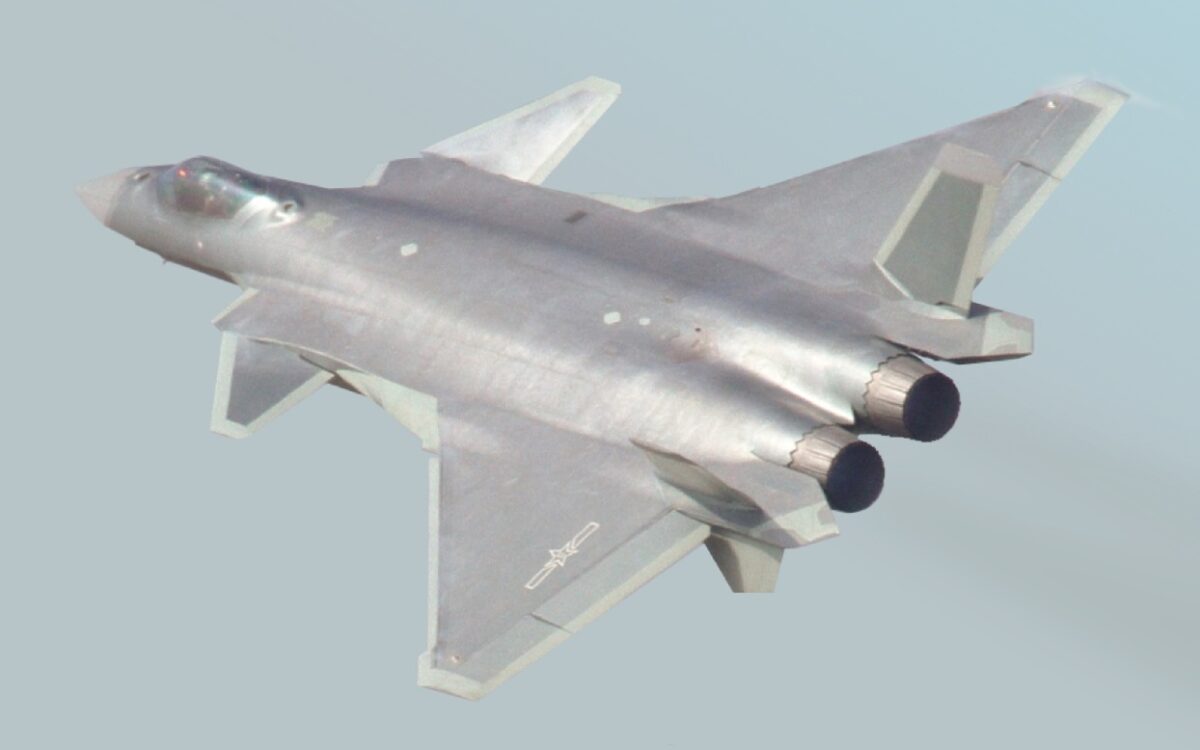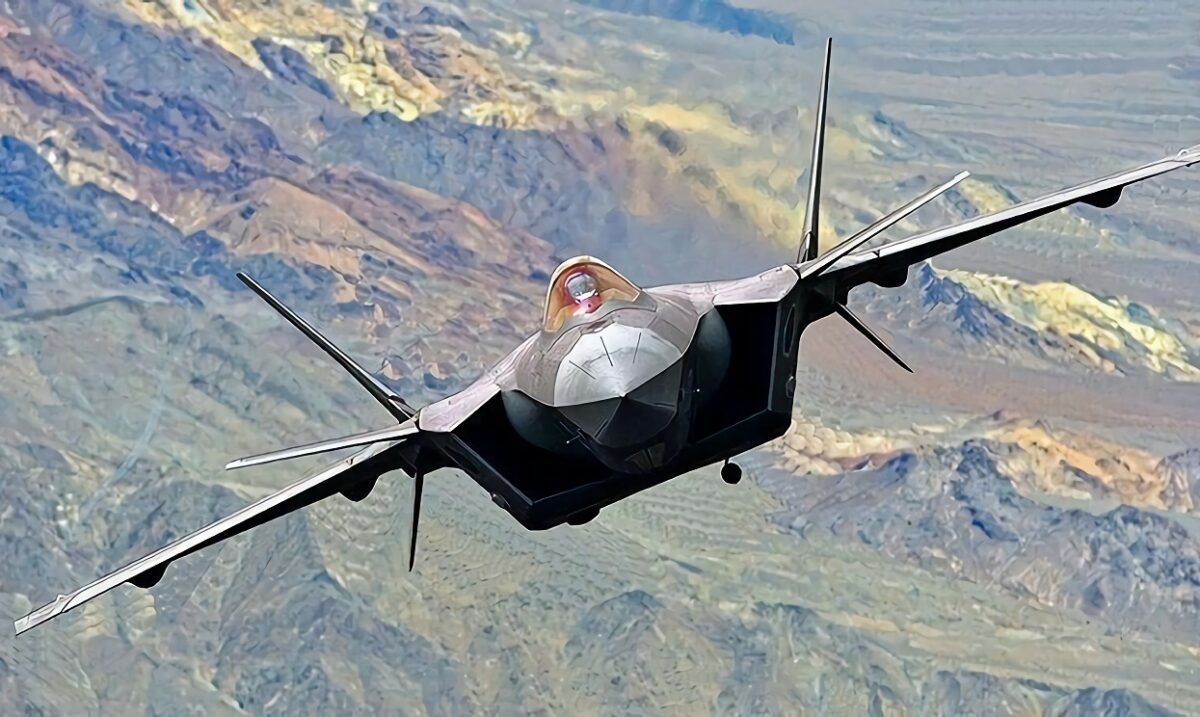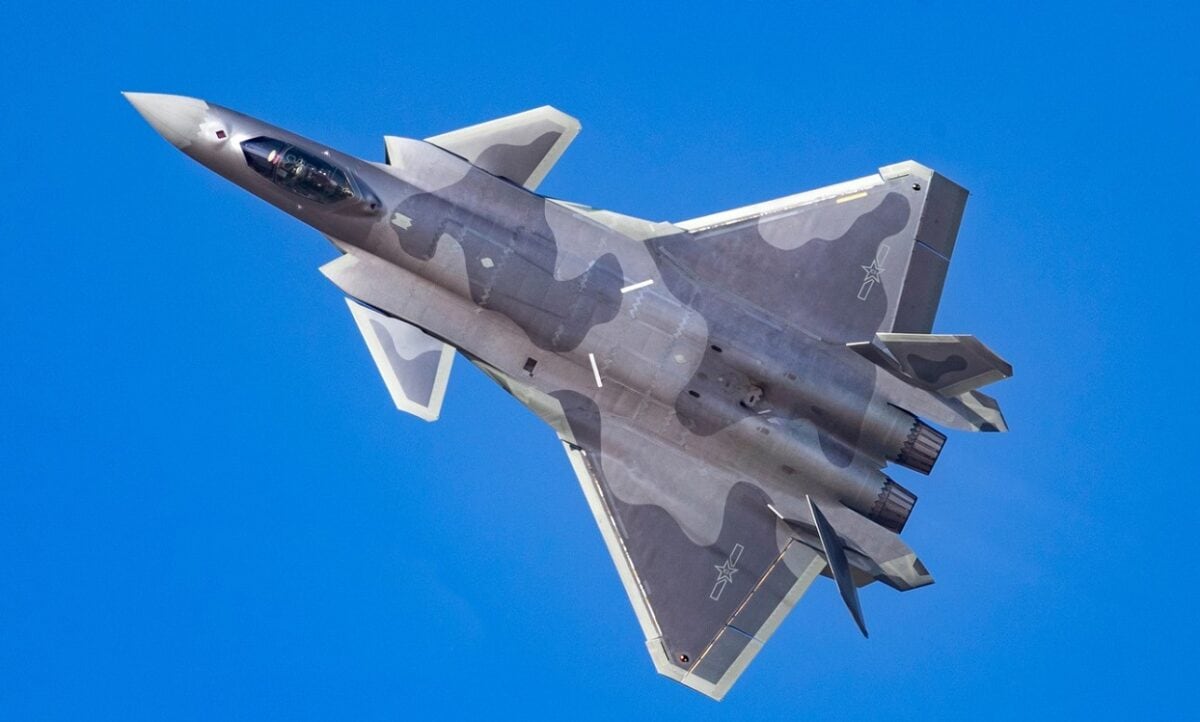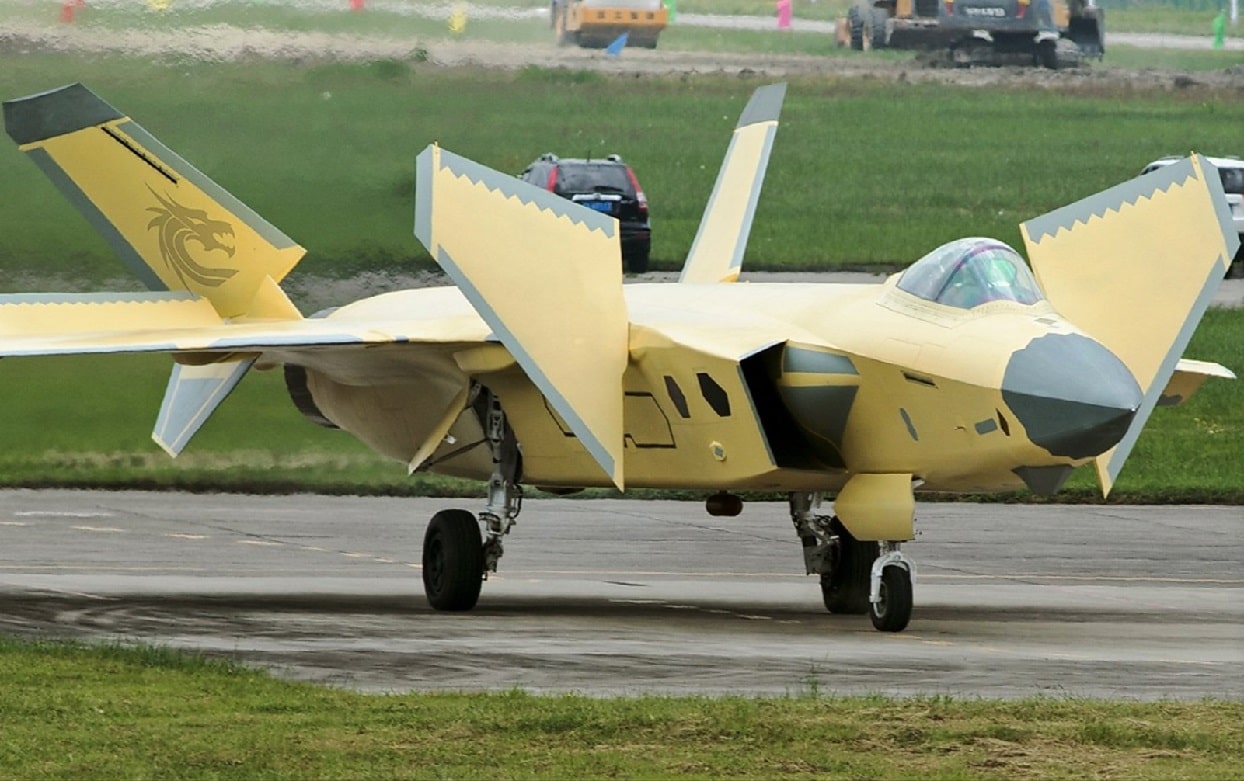China Deploying its J-20 to Counter U.S. F-35 in Western Pacific – Last month, the People’s Liberation Army Air Force (PLAAF) began to deploy China’s most advanced fighter aircraft, the Chengdu J-20, to the East and South China Seas. It was the first official confirmation that the country’s fifth-generation was operating over a wide area.
The J-20 began participating in “routine training sessions” and combat patrols in the two seas, Beijing’s government-regulated Global Times news website reported on April 13. The state media quoted Ren Yukun, head of the discipline, inspection, and supervision team at domestic aircraft maker Aviation Industry Corporation of China, maker of the J-20.
“Presumably, this gives something it can go toe-to-toe with the U.S. over Taiwan or the East China Sea,” Gregory Poling, director of the Asia Maritime Transparency Initiative at the Washington-based Center for Strategic and International Studies, told Voice of America last month.
The J-20, also known as the Mighty Dragon, is just the world’s third operational fifth-generation stealth fighter aircraft after the United States military’s F-22 Raptor and F-35 Lightning II Joint Strike Fighter. The People’s Republic of China (PRC) has long touted the capabilities of its Chengdu J-20 stealth fighter since it was first introduced in 2011. The fifth-generation superiority fighter, which descended from the J-XX program of the 1990s, entered service in March 2017, while the first J-20 combat unit was formed just shy of a year later.
With some 200 J-20s now reportedly to be in service, the People’s Liberation Army Air Force (PLAAF) “now has in regular service a fleet of advanced stealth fighters as good as the Americans, who remain the benchmark,” Peter Layton, a visiting fellow at the Griffith Asia Institute in Australia, told CNN. “Any foreign military aircraft intruding into China’s claimed airspace in the East and South China Sea may now be intercepted by J-20s.”
New Engines – Real Deal or Hype?
According to a statement from the aircraft’s developer, the J-20 is now being powered by newly developed, domestically-built engines. That could likely increase the capabilities of the fifth-generation aircraft, which had previously been powered by Russian-made Al-31F engines and the indigenously-produced WS-10B. Both those engines were designed for less advanced aircraft.
Now, a few dozen J-20s in service have been fitted with WS-10C engines, an upgraded version of an older Chinese-made engine. Yet, Beijing has struggled to develop the WS-15 engine designed explicitly for fifth-generation aircraft like the J-20. The lack of engine power is expected to prevent the J-20 from adopting advanced weaponry and taking part in high-end operations.
Chinese military officials have previously said the WS-15 would be finished by 2023. With the improved engine, it was claimed that the Mighty Dragon would even be on par with the US’s F-22, yet some analysts have argued the upgrade shouldn’t be overstated and that the WS-15 is “at least a generation behind” the F-22’s engine.
J-20 What is its Role?
Analysts have also said it is early to determine whether the J-20 could be employed as a multirole fighter like the F-35 Lightning II or could be utilized as an air-superiority combat aircraft more like the F-22 Raptor. Still, as Business Insider reported, China is attempting to showcase the Mighty Dragon’s capabilities.

Image: Creative Commons.

Image: Creative Commons.

Image of J-20 fighter. Image Credit: Chinese Internet.
Even if the PLAAF’s aircraft isn’t yet as capable as either the F-22 or F-35, the J-20 should still be seen as an aircraft to be taken seriously and a sign that China is serious about its ambitions in the Western Pacific and beyond.
Now a Senior Editor for 1945, Peter Suciu is a Michigan-based writer who has contributed to more than four dozen magazines, newspapers and websites. He regularly writes about military hardware, and is the author of several books on military headgear including A Gallery of Military Headdress, which is available on Amazon.com. Peter is also a Contributing Writer for Forbes.

